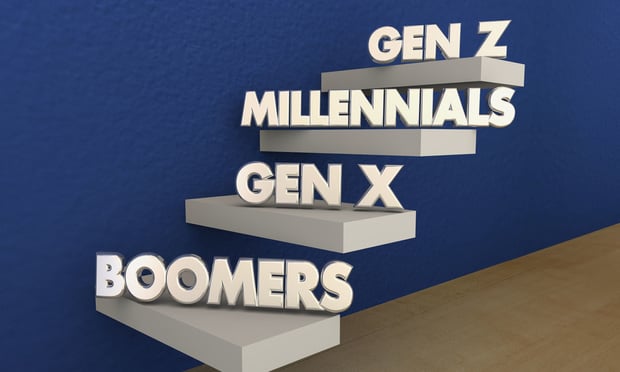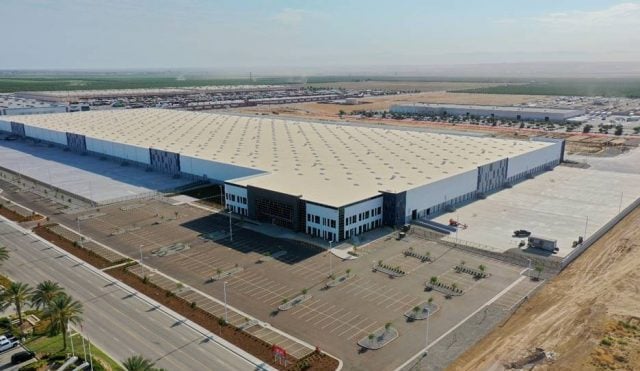IRVINE, CA—Cash buyers are not deterred from buying homes in counties with a high risk of natural disasters, while institutional buyers happen to shy away from them, RealtyTrac's VP Daren Blomquist tells GlobeSt.com. As we recently reported, more than 40% of all homes in the US may be at a high or very high risk for natural hazards, according to a report from the firm. We spoke exclusively with Blomquist about institutional and cash buyers' homebuying activity as it relates to natural-disaster risk.
GlobeSt.com: How does institutional and cash buyers' homebuying activity correlate with areas of high natural-disaster risk?
Blomquist: We haven't done an in-depth analysis on this, but in looking at the top three markets with the most homes in high-risk counties, those are the top trophy markets on the coasts that are attracting cash buyers, particularly foreign cash buyers as well as retirement buyers: New York, Los Angeles and Miami. In terms of institutional buyers, there is not as strong a correlation because those investors are primarily looking for lower-cost areas, which tend to be at lower risk for natural disaster in part because there is not as much natural beauty to attract demand from buyers.
GlobeSt.com: Do these buyers assess this risk in their underwriting?
Blomquist: The institutional investors are more likely to be assessing the natural disaster risk since they are buying purely as an investment and will never actually be living in the property at all. So, for them it is really a purely a matter of crunching the numbers. For many of the cash buyers looking for those trophy properties, there is more of an emotional or aesthetic draw to the markets and properties they are buying, and so they are probably be less likely to account for natural disaster risk.
GlobeSt.com: Are cash and institutional buyers more or less likely to invest in these homes than your typical homebuyer?
Blomquist: The institutional buyers are less likely to invest in high risk markets since those tend to be higher value and also in part because of the additional risk. On the other hand, the cash buyers are more likely to be looking for a market with proximity to natural beauty such as the ocean or mountains or forests. And, of course, those are the markets with more risk for natural disaster.
GlobeSt.com: What else should our readers know about natural-disaster risk and homebuying?
Blomquist: Every homebuyer and investor should consider natural disaster risk when buying a home, especially given how easy it is to find this information. For example, buyers can find the natural disaster risk level for more than 100 million individual homes on RealtyTrac.com and our partner site Homefacts.com.
© Touchpoint Markets, All Rights Reserved. Request academic re-use from www.copyright.com. All other uses, submit a request to [email protected]. For more inforrmation visit Asset & Logo Licensing.






